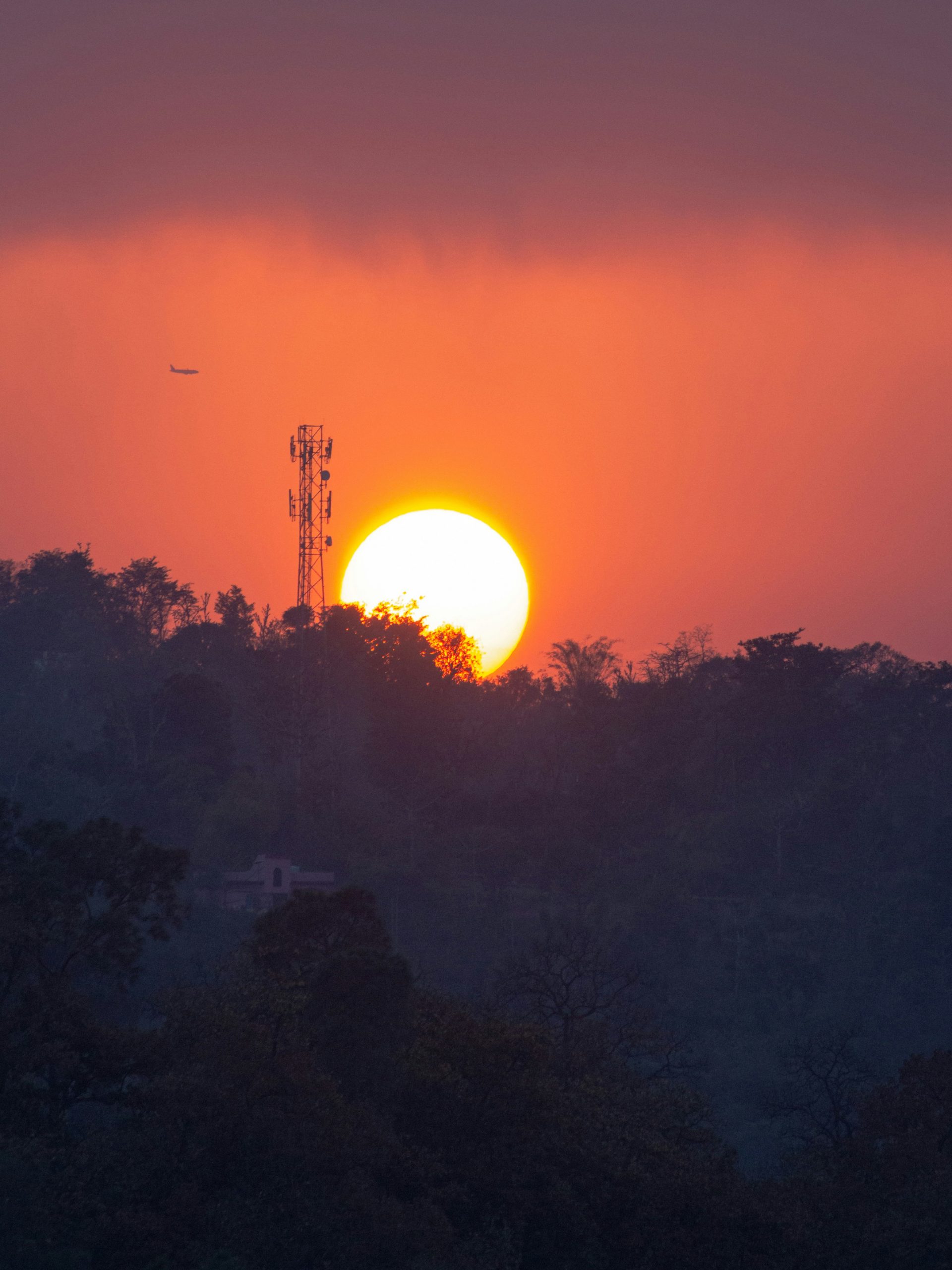
Photography is a powerful medium for self-expression and storytelling, allowing individuals to capture moments, emotions, and scenes that might otherwise go unnoticed. If you’ve ever felt the urge to pick up a camera and freeze time in a photograph, you’re not alone. Many people start their photography journey without formal training but still find great satisfaction and joy in the craft. Here are essential steps to guide you as you embark on your adventure as an amateur photographer.
Choose the Right Camera
While many amateur photographers begin with smartphones, investing in a dedicated camera can significantly enhance your photographic capabilities. There are several types of cameras to consider:
DSLR (Digital Single-Lens Reflex) Cameras: These cameras offer high image quality, interchangeable lenses, and advanced settings. They are versatile and ideal for various types of photography, such as portraits, landscapes, and wildlife.
Mirrorless Cameras: Similar to DSLRs but more compact, mirrorless cameras are gaining popularity. They also have interchangeable lenses and provide high-quality images with the advantage of being lighter and easier to carry.
Point-and-Shoot Cameras: If you’re looking for simplicity and portability, point-and-shoot cameras are a great option. They’re user-friendly and perfect for casual photography, and you don’t need to adjust settings manually.
Smartphones: Modern smartphones come equipped with impressive cameras and editing tools. They are convenient for capturing spontaneous moments and can be a great starting point for beginners.
Learn the Basics of Photography
Understanding the fundamental principles of photography is crucial to improving your skills. Focus on the following concepts:
Exposure: This refers to the amount of light that reaches your camera’s sensor. It is determined by three elements: aperture, shutter speed, and ISO. Learning how to balance these settings will help you achieve the desired effect in your photos.
Composition: This involves the arrangement of elements within your frame. Techniques like the rule of thirds, leading lines, and framing can enhance your images’ visual appeal. Take the time to analyze different compositions in photos you admire and experiment with them in your work.
Lighting: Good lighting is essential for quality photographs. Natural light, especially during the golden hour (the hour after sunrise and before sunset), can create stunning images. Familiarize yourself with different lighting conditions and how they affect your photographs.
Practice Regularly
The key to becoming a better photographer is consistent practice. Set aside time each week to take photos, experiment with different techniques, and challenge yourself. Here are a few ideas to keep your creativity flowing:
Themed Challenges: Choose a theme for each week (e.g., nature, portraits, architecture) and take photos that fit within that theme. This will encourage you to explore different subjects and styles.
Daily Photo Journal: Commit to taking at least one photo every day. Documenting your life or surroundings will help you develop a habit and improve your eye for interesting compositions.
Join a Photography Group: Engaging with fellow photography enthusiasts can provide inspiration and constructive feedback. Look for local clubs, online communities, or social media groups to connect with others who share your passion.
Edit Your Photos
Editing is an integral part of the photography process, allowing you to enhance your images and correct any imperfections. Familiarize yourself with editing software, such as:
Adobe Lightroom is a popular choice among photographers because of its powerful editing tools and user-friendly interface. It offers features like color correction, cropping, and exposure adjustments.
Adobe Photoshop: Known for its advanced editing capabilities, Photoshop allows for extensive image manipulation. It’s perfect for more complex edits and retouching.
Mobile Editing Apps: If you prefer editing on your smartphone, numerous apps, like Snapseed and VSCO, offer robust editing tools and filters.
Study and Analyze Other Photographers’ Work
One of the best ways to improve your photography is to study the work of others. Analyze the styles, compositions, and techniques used by photographers you admire. Consider the following approaches:
Follow Photographers on Social Media: Platforms like Instagram and Pinterest are great for discovering new talent and gaining inspiration from diverse styles and subjects.
Visit Galleries and Exhibitions: If possible, visit local art galleries and exhibitions to see photographic works in person. This can help you develop a deeper appreciation for the medium and expose you to various perspectives.
Read Books and Blogs: There are countless resources available in print and online that cover different photography topics. Look for books by renowned photographers or photography blogs that offer tips and tutorials.
Embrace Feedback and Learn from Mistakes
Don’t be afraid to share your work with others and seek constructive criticism. Feedback can help you identify areas for improvement and refine your skills. Embrace mistakes as part of the learning process; every photographer has taken poor photos at some point. Analyzing what went wrong can provide valuable lessons for future shoots.
Starting as an amateur photographer is an exciting journey filled with opportunities for growth and self-expression. By choosing the right equipment, learning the basics, practicing regularly, and engaging with the photography community, you can develop your skills and create stunning images that capture the beauty of life around you. Remember, photography is not just about the equipment; it’s about your vision and how you choose to share it with the world. So grab your camera, start clicking, and enjoy the process of capturing your unique perspective!